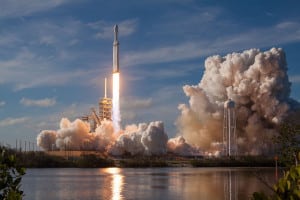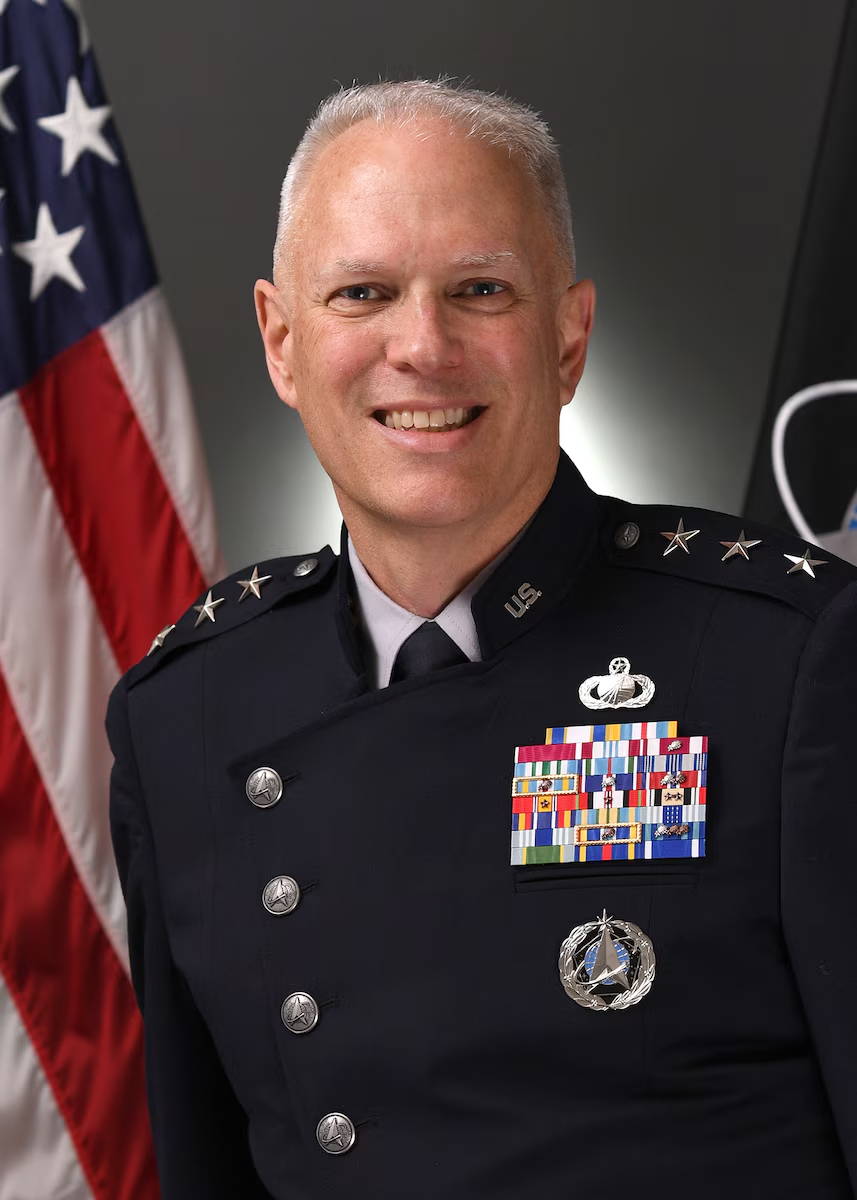
The center booster that SpaceX used in Falcon Heavy’s first flight test late Feb. 6 failed to land on a drone ship in the Atlantic Ocean as planned, according to company founder Elon Musk.The booster, or core, ran out of propellant used to slow its descent to Earth, causing it to slam into the water at a speed of 300 miles per hour, Musk told reporters. The crash occurred about 100 meters from the Of Course I Still Love You drone…

 By
By 











